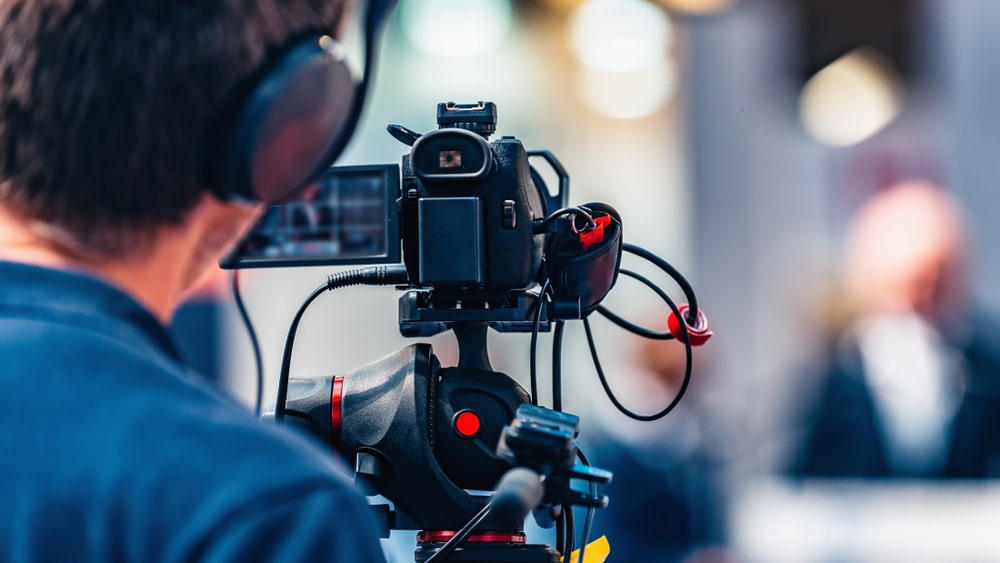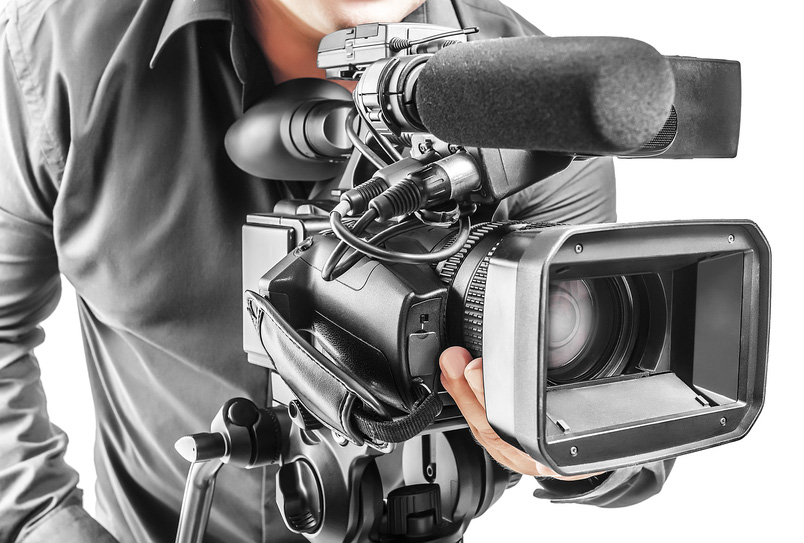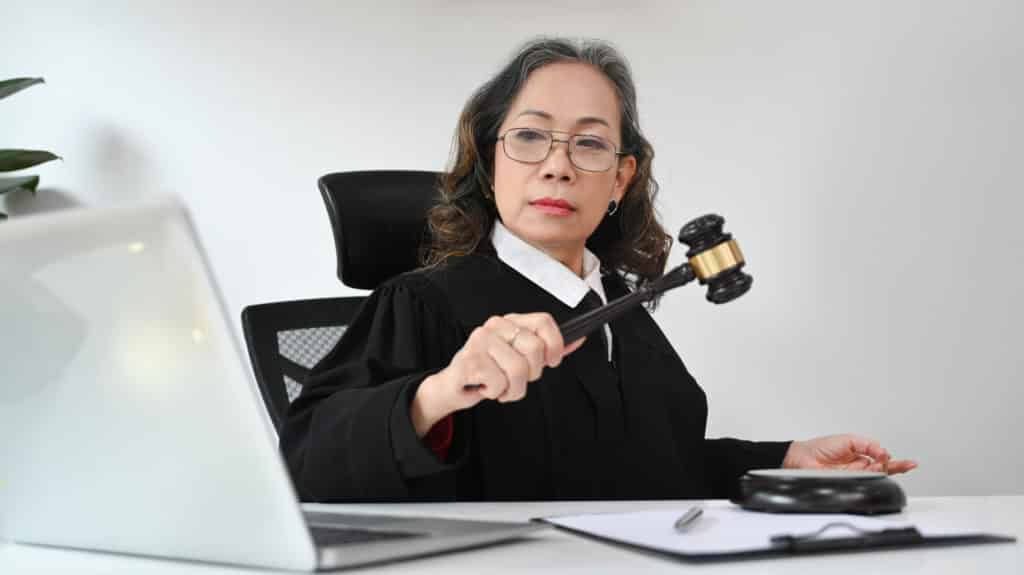High-Resolution Legal Videography for Accurate Evidence Recording.
High-Resolution Legal Videography for Accurate Evidence Recording.
Blog Article
The Function of Lawful Videography in Depositions and Tests
Lawful videography has actually become a necessary device in both depositions and tests, providing a multifaceted method to documenting witness statements. By catching not just the talked word yet additionally the nuances of non-verbal interaction, this tool enhances the integrity of testaments and maintains essential evidence for future procedures. As attorneys significantly acknowledge its value, it prompts a much deeper exam of just how these aesthetic documents can affect juror understandings and test results. What ramifications might these developments hold for the future of legal practice?
Value of Legal Videography
Lawful videography plays a crucial function in the paperwork and presentation of depositions and tests. This specific field incorporates technological skills with legal expertise to produce a trustworthy record of process that can dramatically influence case end results. The aesthetic aspect of lawful videography improves the understanding of witness statement, allowing jurors and courts to observe not only the talked words but additionally the attitude, emotions, and body movement of the witnesses.

The significance of lawful videography prolongs beyond the court; it likewise plays an important role in maintaining proof for future recommendation, whether for appeals or more lawsuit. Thus, its combination into the lawful process is important for ensuring a reasonable and precise representation of the truths, ultimately adding to the quest of justice.

Process of Legal Videography
While capturing the nuances of depositions and tests, the procedure of legal videography involves a number of essential steps that guarantee top notch, accurate recordings. An expert lawful videographer prepares by assessing the instance materials and understanding the specific requirements of the deposition or trial. This preparation includes familiarizing themselves with the participants and the context, which aids in catching important information.
On the day of the recording, the videographer establishes the needed tools, which commonly consists of high-def electronic cameras, microphones, and correct lights. Making certain ideal angles and sound high quality is important, as it directly affects the effectiveness of the recording. The videographer communicates with attorneys and individuals to develop procedures, making sure that everybody understands the recording process.
During the deposition or trial, the videographer meticulously tape-records the proceedings, paying attention to both spoken and non-verbal signs. legal videography. This consists of capturing the disposition and reactions of witnesses and lawyers. After the session wraps up, the videographer may modify the video for clarity and compliance with lawful requirements, creating an end product that properly shows the proceedings for future referral and usage in legal contexts
Advantages in Depositions
The unification of videography in depositions provides numerous advantages that improve the overall procedure of gathering proof. One main benefit is the capacity to catch witness statements with visual and acoustic integrity, providing a more exact representation of the witness's demeanor, tone, and body movement. This multidimensional approach permits lawyers and juries to assess credibility a lot more efficiently than traditional written transcripts alone.
In addition, videographed depositions function as an effective tool for protecting testimony. Must a witness come to be not available for test, their recorded deposition can be played in court, making sure that their evidence stays obtainable and relevant. This element substantially reduces the danger of shedding crucial info that can impact case results.
Furthermore, the use More Info of legal videography advertises far better preparation for attorneys. Assessing video clip footage enables lawful groups to assess and refine their strategies, recognizing check staminas and weak points in their instances. This primary benefit can lead to more compelling presentations in court.
Finally, videography boosts the total professionalism and trust of the deposition procedure, instilling self-confidence in clients pertaining to the thoroughness of their lawful depiction. By leveraging modern technology, legal professionals can considerably improve the performance of depositions.
Influence On Tests
In several tests, the assimilation of videography can dramatically influence the presentation of proof and the jury's assumption. Lawful videography catches witness testaments and crucial evidence in a dynamic style, permitting jurors to involve with the product on several degrees. This visual component boosts the storytelling aspect of a trial, giving context and emotional vibration that conventional text-based proof might do not have.
In addition, video recordings can act as powerful devices for impeachment during cross-examination. When inconsistencies develop in between a witness's previous declarations and their court room testament, video clip evidence offers an objective reference that can guide jurors' point of views. This immediacy and clearness can bolster the trustworthiness of a party's story while concurrently weakening opposing arguments.
Furthermore, using videography can help streamline intricate info, making it more obtainable to jurors who might have a hard time to grasp detailed details offered entirely via verbal testament. By integrating visuals with acoustic info, lawful videography can improve retention and understanding, inevitably influencing the court's decision-making process. Consequently, the impact of videography in tests extends beyond plain aesthetics; it plays an essential role fit the lawful landscape and outcomes.
Future Trends in Legal Videography
As we look towards the future of legal videography, numerous arising trends guarantee to improve its duty within the courtroom. One try this website considerable fad is the integration of man-made knowledge (AI) in video clip analysis and modifying - legal videography. AI can simplify the process of determining crucial minutes in recorded depositions, allowing attorneys to swiftly access pertinent web content, thereby improving effectiveness in situation prep work
In addition, the surge of virtual truth (VR) and increased truth (AR) modern technologies is anticipated to change just how jurors experience proof. By submersing jurors in a substitute setting, these technologies can provide a more profound understanding of complicated circumstances, bring about even more enlightened considerations.

Moreover, the increasing need for remote depositions, increased by the COVID-19 pandemic, will likely proceed. Legal videographers will need to adjust to brand-new software application and platforms to make certain top quality recordings in virtual setups.
Finally, the growing emphasis on information protection will certainly necessitate stricter methods for keeping and sharing video proof. As the lawful landscape progresses, lawful videographers should stay abreast of these fads to preserve their relevance and effectiveness in the judicial procedure.

Final Thought
In summary, legal videography serves a critical feature in the judicial process, improving the integrity of depositions and tests. As modern technology continues to develop, lawful videography is poised to further change its duty within the lawful landscape.
Report this page